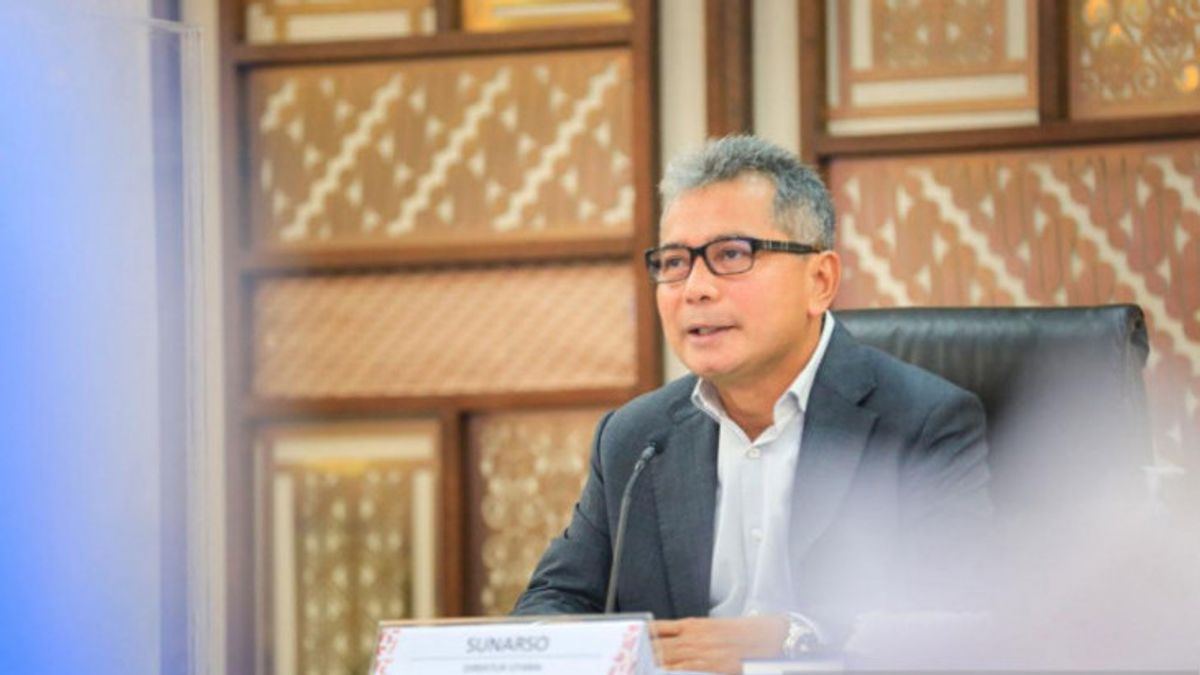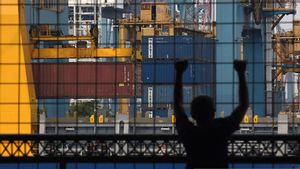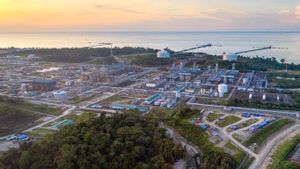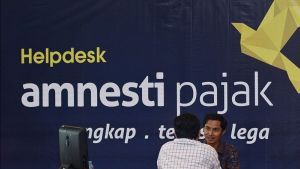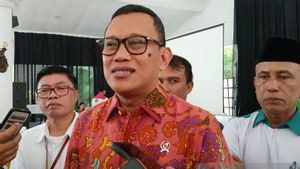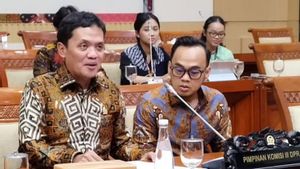JAKARTA - President Director of PT Bank Rakyat Indonesia (Persero) Sunarso emphasized that the commitment to continue to encourage economic growth is amidst the threat of a global recession.
Sunarso said that economic growth can be achieved through focusing on domestic growth drivers by encouraging MSMEs that can encourage job creation.
"This is where BRI whose core business MSMEs must play a more active role, because 97 percent of jobs in Indonesia come from MSMEs," he said in a written statement, Monday, October 17.
BRI is optimistic that if credit continues to grow selectively, it will have a positive impact on national economic resilience.
"In this context I still say keep growing, what does it mean? Our efforts to suppress inflation are important, but it would be even better if we could suppress inflation and keep growing our economy so that there is no stagnation and no additional unemployment," explained Sunarso.
Nevertheless, according to him, BRI is still optimistic that it can maintain a positive, sustainable performance.
"So, there are three conditions for growth," said Sunarso.
First, the source of growth is clear and prepared for now and in the long term.
As a new source of growth, BRI has entered the ultra micro segment through Ultra Micro Holding which officially arrived since September 2021 with PT Pegadaian PT Permodalan Nasional Madani (PNM) on the initiation of the Ministry of SOEs.
Second, there is sufficient capital. Sunarso said the Capital Adequacy Ratio (CAR) or BRI's capital adequacy ratio reached 25 percent.
"It's enough to grow over the next 4 years, however much profit, there's no reason to hold profit into capital. So it's worth sharing, because that's enough," said Sunarso.
Third, is liquidity. Currently, said Sunarso, the national LDR ratio is at the level of 82 percent, but there are still challenges in terms of liquidity.
On the other hand, to deal with a slowing economic situation due to the challenges that will be faced, his party has also mapped conditions through four matrices that are the basis for anticipation or risk mitigation.
First, economic conditions recovered with rising inflation and worsening loan quality.
So the strategy is to speed up the write-off process so that the recovery rate can be higher, and maintain a large coverage ratio.
For this reason, BRI provides coverage ratios for NPLs which reach 266 percent, this figure is more than sufficient. So if conditions worsen, BRI is safe, and customers are also safe. Monitoring of intensive loan quality," Sunarso continued.
Both economic conditions improved with controlled inflation accompanied by improving credit quality.
So the step taken is to speed up the write-off process in order to get a higher recovery rate.
However, lowering coverage ratio reduces the bearing to grow.
Then do an enhanced risk-based pricing model to increase product competitiveness and then Loan Portfolio Guideline (LPG) which is loosened so that credit is driven to grow.
Third, economic conditions remain stagnant but inflation remains under control with improving credit quality. So the strategy taken is to selectively grow by loosening a little LPG to moderate.
Also maintaining a high coverage ratio for cushioning and doing stress-test simulations to ensure BRI's business is safe.
Fourth is the worst condition, the economy remains stagnant with rising inflation and the quality of loans worsens.
"So our strategy grows on a limited basis, we always carry out stricter Loan Portfolio Guideline (LPG) arrangements, maintain high coverage ratios and simulated various bad conditions. Those are 4 possible matrices for future economic conditions as well as strategy scenarios and risk mitigation to deal with these possibilities," he concluded.
The English, Chinese, Japanese, Arabic, and French versions are automatically generated by the AI. So there may still be inaccuracies in translating, please always see Indonesian as our main language. (system supported by DigitalSiber.id)
